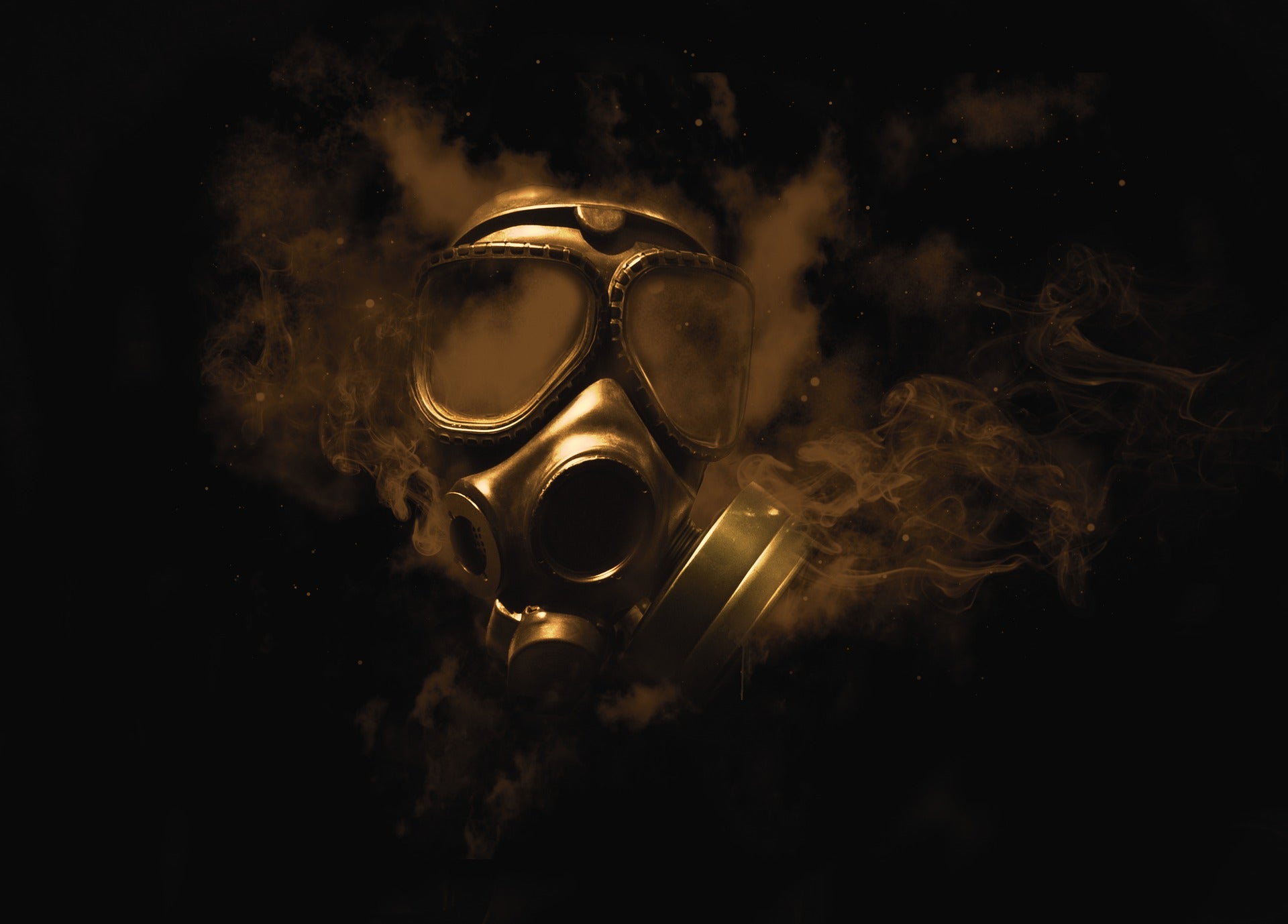Whilst we have seen evidence of breathing filters being used as far back as Ancient Greece, the gas mask as we know it today wasn’t invented until the 1840s. The popularization of the gas mask began during World War 1 when chemical warfare began to be a serious threat to soldiers’ lives.
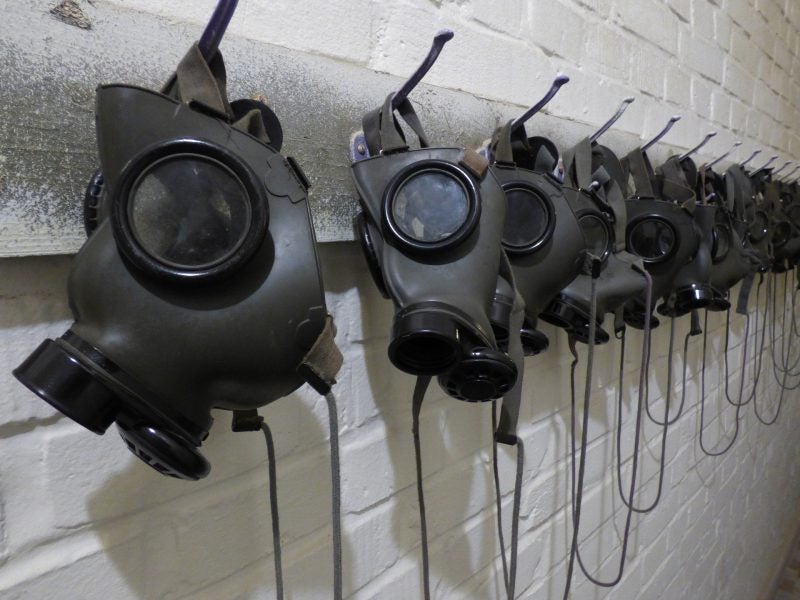
The humble gas mask has gone through many changes since its invention, but the principle behind the device remains the same. A gas mask is designed to prevent users’ eyes from coming into contact with toxins, also to stop the user from ingesting, or inhaling airborne toxins.
In this article, we’re going to be explaining how gas masks work. If you’re looking for a guide on the best gas masks or the market – then check out this guide to choosing a gas mask.
In our opinion, the most crucial thing you need to know about a gas mask is what situations they’re useful in, and what situations they don’t work in. We’ll be discussing this and much more today.
Let’s jump right into it…
What is a gas mask?
‘Gas mask, breathing device designed to protect the wear against harmful substances in the air. The typical gas mask consists of a tight-fitting facepiece that contains filters, an exhalation valve, and transparent eyepieces.’ Encyclopedia Britannica
For the purpose of this explanation, we are defining gas masks as respirators that prevent the wearer from ingesting airborne toxins. There are two main forms of mask that fit this definition. The traditional full-face gas mask, and air purifying respirators.
An air purifying respirator is similar to a builder’s or surgeon’s mask. It has filters to purify the air, but only covers the nose and mouth of the user. This isn’t great as most of us like having our eyes. And many of the most prevalent airborne toxins can be absorbed through the eyes or irreparably damage them.
A traditional full-face gas mask protects the whole face. The glass or plastic panels over the eyes can increase the chances of being able to see if the air becomes opaque. However, these types of masks are much more expensive to buy and more complicated to use.
*The price of air purifying respiratory masks has dropped dramatically during 2020.
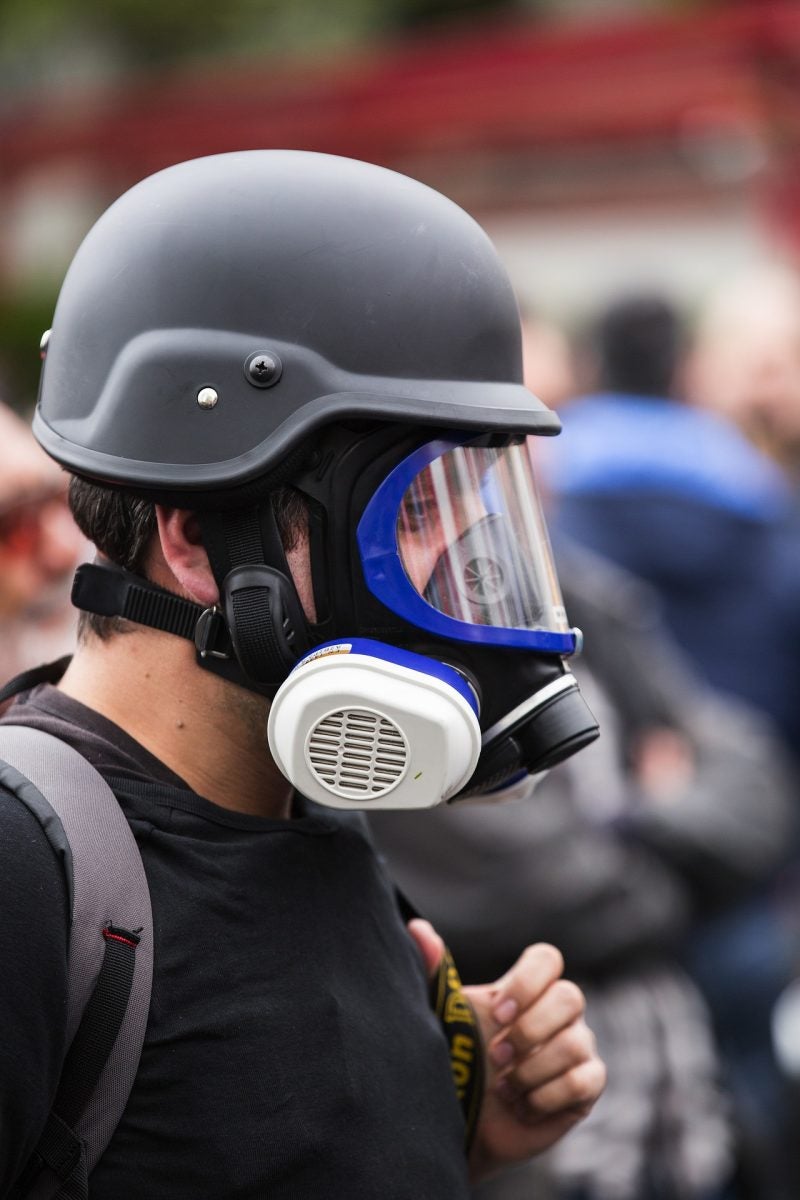
How do gas masks work?
The traditional full-face gas mask has two filters in the cheek points. An air purifying respirator mask will have layers of similar filters that sit in line with the mouth.
There are three main types of filters that neutralize the toxins in three different ways:
•Particle filtration
•Chemical absorption
•Chemical reaction to neutralize a toxin
Particle filtration
Particle filtration filters are a more advanced method of holding a T-shirt to your face during a sandstorm. Most particle filtration systems protect against biological particles above 0.3 microns.
They do not work well against chemical toxins.
Chemical absorption or adsorption
Chemical absorption is a better option when it comes to chemical toxins. One of the most popular chemicals absorption materials is charcoal. Charcoal is a great absorber of toxins. That’s why holistic doctors keep telling us to eat it. Fortunately, it works much better on airborne toxins than in our bellies.
Once treated with oxygen (also known as being ‘activated’) the charcoal increases its surface area to 300-2,000 square meters per gram. This gives it much more room to absorb toxins.
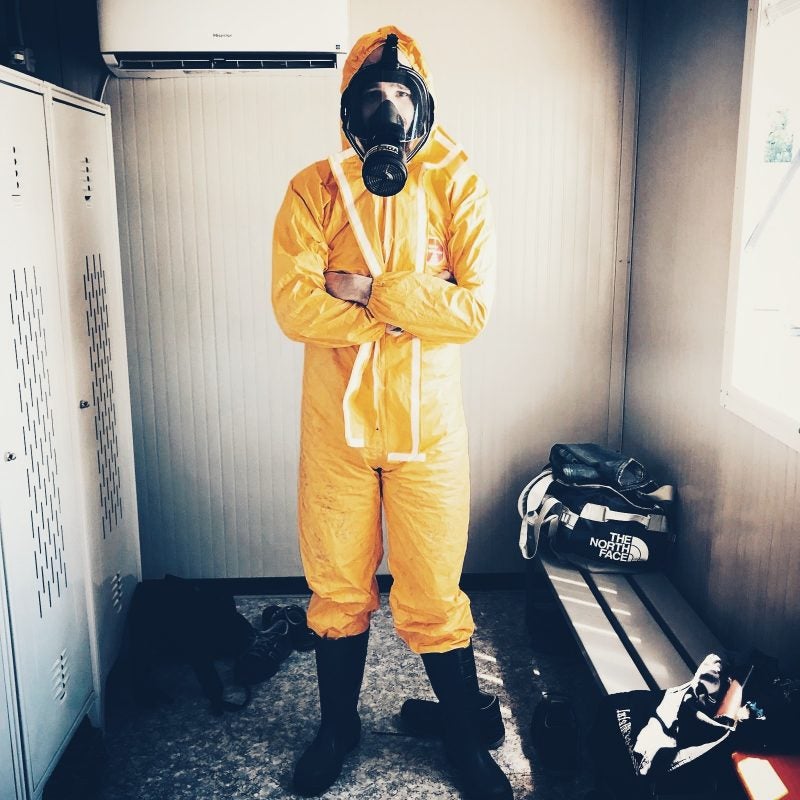
It does not work on every toxin, however. Activated charcoal works best when it deals with carbon-based toxins. These are generally referred to as organic toxins. Other types of toxins can pass straight through the activated charcoal.
Chemical reaction to neutralize a chemical
These filters must be specific to the toxin to work effectively. They will contain a chemical that is known to neutralize the dangerous elements in the toxin. The most famous example of this method is the gas masks used in World War 1 to neutralize chlorine gas.
When should you use a gas mask?
Most military-grade gas masks are designed to filter out only one type of airborne toxin. It is not yet possible to get a mask that can effectively filter out many types of toxins. To read more on chemical warfare, check out this article here.
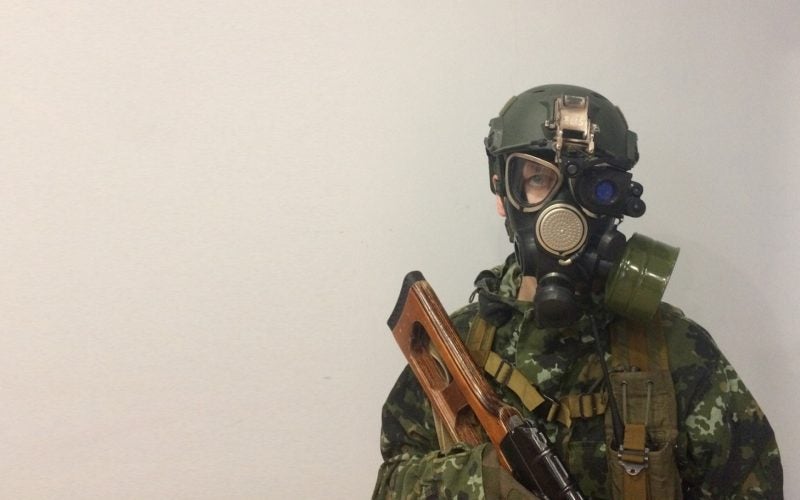
The military chooses which masks to equip soldiers with based on which toxins they think the troops are most likely to encounter. Sometimes they will carry multiple masks. Masks will only protect you from specific toxins, so they should not be the only element of your survival plan. If you do intend to use them, your best option is to follow the military’s planning methods.




